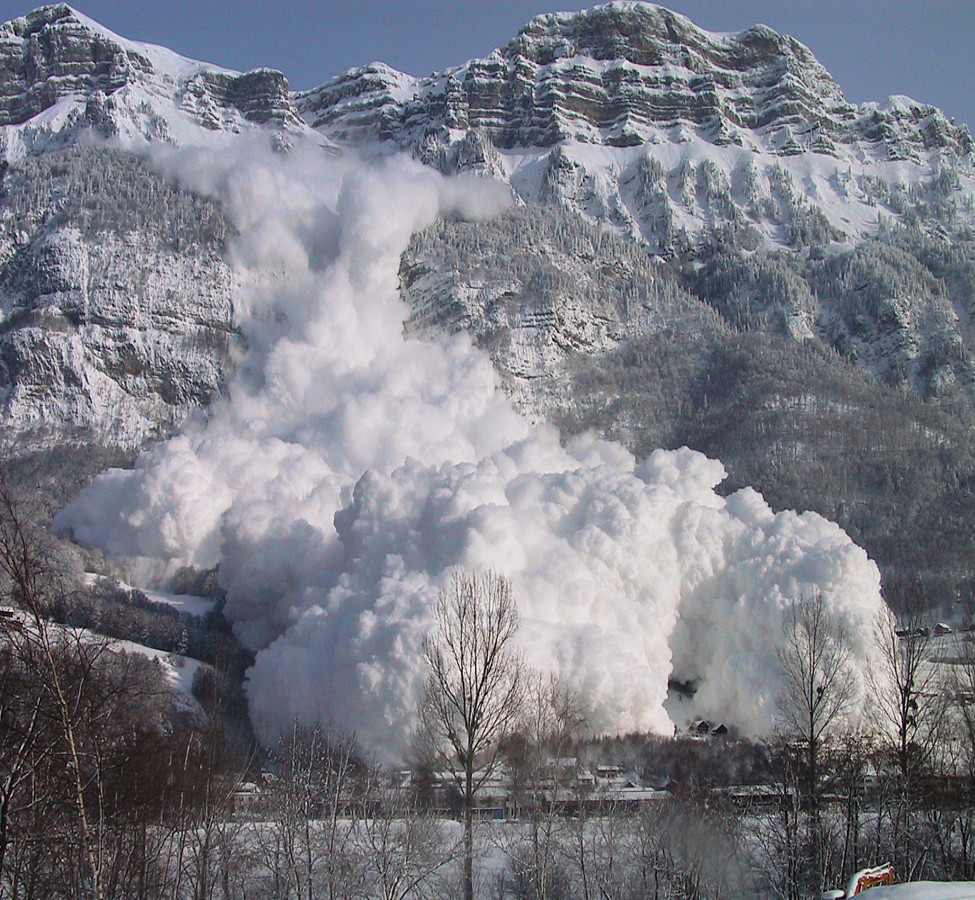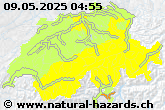Landslide and rockfall
Landslides and rockfalls are mass movements. Mass movements are processes in which the solid material (stone or loose rock) is set in downward motion mainly by gravity, and without the assistance of a transport medium (e.g. snow, water, wind).
How does mass movement occur?
Mass movements can occur suddenly (e.g. rockfall) or as slow and continuous processes (e.g. deep creep and continuous sliding motion). The origination, progress and effects of mass movements are extremely varied. The main distinctions to be made are:
A precondition of mass movement is the instability of slopes or parts of these. In the case of rockfall, this can take the form of a small rock fragment that is detached from the matrix by weathering and descends down the slope. In the case of landslides, descending packets of varying area (several m2 to several km2) and thickness (several dm to several 100m) are involved.
Origin
The origination and progress of mass movements are influenced by several factors that are interrelated in a complex way. Significant factors are, for example, geological structure (loci of bedding planes, fissures, etc.), rock characteristics and slope inclination. Although in keeping with the above-mentioned definition no transport medium is present, water is often involved in the initiation and progress of the process. This is not (or hardly) the case with rockfall, but with debris flows the effect is very prominent.
In Switzerland, special attention must be paid to the following hazardous processes:
- landslides
- slope-type debris flows
- rock fall
- rock avalanches
The following effects, though usually of only subsidiary interest, may be problematical in connection with building projects:
- sagging
- subsidence / collapse
Potential damage and protection measures
In Switzerland, the proportion of unstable areas is very significant and amounts to between 6 and 8%. Unstable areas lie mainly in Alpine and subalpine regions, but are also to be found in the Jura and the Central Lowlands.
Mass movements can damage or completely destroy buildings, infrastructure facilities and agricultural land. Also, mass movements of high intensity can put human lives at risk. Owing to the high intensity of certain mass movements, the technical feasibility of protective structures and other safety measures is often limited, or these may prove too expensive. As with other natural processes, the danger areas should where possible be avoided. Where this is not possible, very extensive measures may be required.







